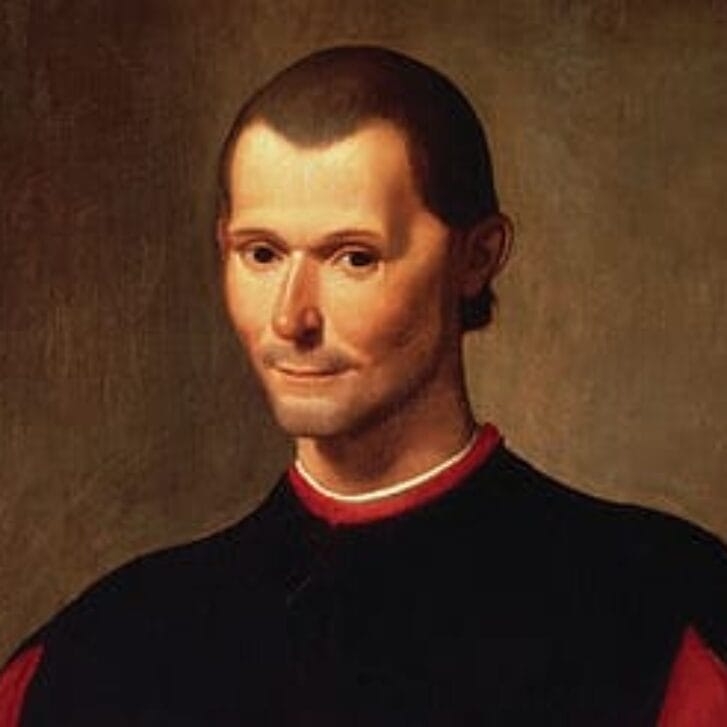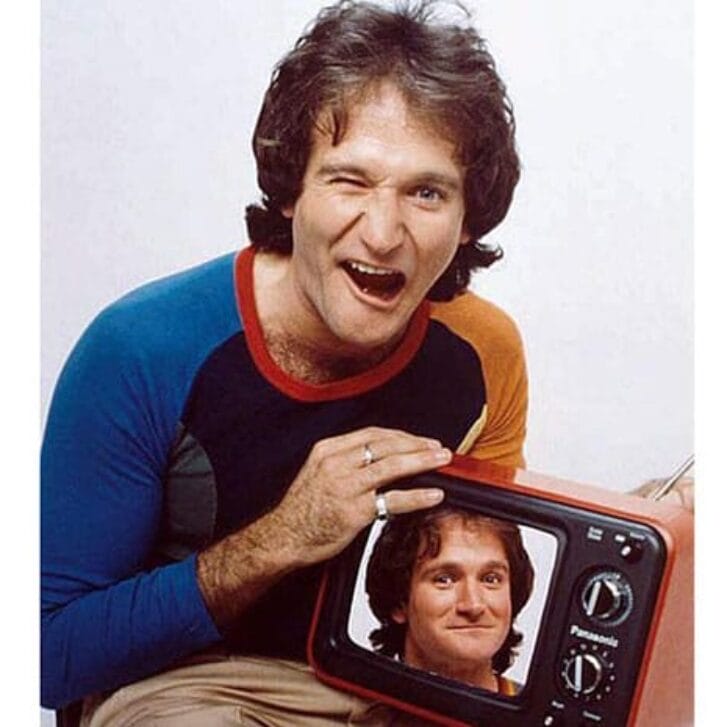Editor’s note: In Part 1 of “The New Ruthless,” Roslyn explained why antiquated notions of ruthlessness no longer work for business leaders. Here in Part 2, she explains her idea of the “new ruthless.”
Ruthless Honesty
Today as a CEO, you have to be ruthlessly honest—especially with yourself—and build a culture that demands and supports candor from everyone. If you want to be smart and fast, you need the unvarnished facts and the best of everyone’s thinking.
Of course, candor doesn’t preclude diplomacy or compassion. It’s about transparency. If you or parts of your organization are operating in the dark, politicking takes up the time and energy that you need to focus on the business. When you are honest, and show it, you signal confidence in yourself and your people, and set a high bar for the conversation.
Ruthless honesty isn’t just a powerful tactic, it’s part of a bigger, new ruthless strategy.
Ruthless About People
Classically ruthless leaders put their pocketbooks first. Employees trail well behind in this model. These CEOs have little patience for the “softer” side of business.
The new ruthless CEO believes that no one prospers unless he has the right leaders in place and a culture that supports their mission. Aggressive growth only happens when the business’ leaders think the same way about innovation, collaboration, priorities and the external forces that affect their business. Why? Because today’s CEOs need to share power and delegate critical initiatives.
Kraft’s Irene Rosenfeld told me that she resists jumping on a vital hire, no matter how intense the pressure to fill a spot. Finding the right person is that important. Leaders like Rosenfeld put a similar premium on cultivating relationships beyond the usual circles to innovate and to anticipate new opportunities and risks. You must be involved—informally and in partnerships—with a wide network of smart people who may not even have a direct interest in your business.
Ruthless Focus
Serial CEO Jack Keenan, founder and CEO of Grand Cru Consulting Ltd., talks about having a “ruthless focus,” but he doesn’t mean single-mindedness. For Keenan, ruthless focus means doing the rigorous strategic work and setting the right priorities. You should be able to say, “These four or five things will achieve our aggressive growth strategies. We need to structure the business and align our resources to focus on these.”
 That approach is a tremendous asset for today’s CEOs who must think global and local, and be sensitive to every facet of their business. They need to be alert to a tsunami of information and, at the same time, screen out distractions.
That approach is a tremendous asset for today’s CEOs who must think global and local, and be sensitive to every facet of their business. They need to be alert to a tsunami of information and, at the same time, screen out distractions.
Ruthless Flexibility
When a leader’s first instinct is to resist change, beware. He won’t compete successfully for long and won’t be able to transform anything. Neither will he attract and keep the best talent or excite younger generations—both employees and consumers—who want to be heard.
Leaders who are genuinely flexible are more able to drive innovation and to do what competitors can’t. They value adaptability and openness. Entrenched businesses often wait until they’re on the brink to admit how much has really changed (think RIM). Ruthless flexibility demands that you not get stuck in your own story.
Leaders set the tone for everyone around them. Innovative strategies, powerful cultures and aggressive results start with the leaders’ behavior—people need to see and hear their commitment to honesty, people, focus and flexibility. Leaders who succeed today embrace the new ruthless.


























